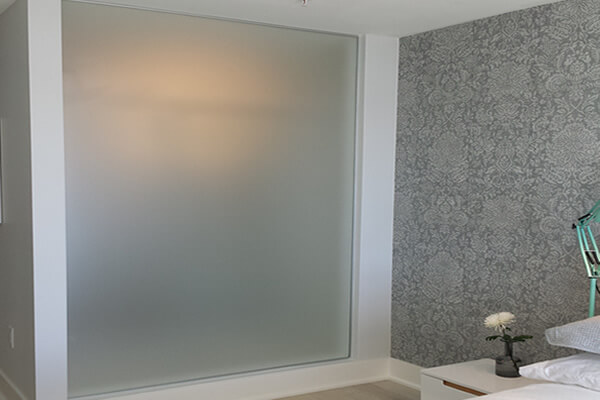

Understanding Low-E 4 Glass Benefits and Applications
Low-E 4 glass, or low-emissivity glass, has become a significant player in the realm of energy-efficient building materials. Specifically designed for windows, this advanced glazing technology provides superior thermal performance while allowing natural light to enter a building. With the growing emphasis on sustainability and energy conservation, understanding the benefits and applications of Low-E 4 glass is essential for architects, builders, and homeowners alike.
What is Low-E 4 Glass?
Low-E 4 glass is a type of coated glass that features a microscopically thin layer of metal oxide. This coating helps to reflect heat rather than absorb it, thus enhancing insulation. The 4 in Low-E 4 designates the glass's performance attributes, which are particularly effective in controlling solar heat gain and improving energy efficiency. This technology operates by allowing sunlight to enter while minimizing the amount of heat that escapes during colder months, making it an ideal choice for regions with extreme temperature fluctuations.
Energy Efficiency and Cost Savings
One of the primary advantages of Low-E 4 glass is its remarkable energy efficiency. Homes and buildings with Low-E windows can significantly reduce heating and cooling costs. According to studies, Low-E glazing can lower energy consumption by up to 30% to 50% compared to traditional window options. This translates into lower utility bills and a reduced carbon footprint, making it an attractive option for eco-conscious consumers.
Additionally, many governments and organizations offer incentives or rebates for homeowners who choose energy-efficient windows. The initial investment in Low-E 4 glass can thus be offset by long-term savings, making it a financially sound decision for many.
Comfort and Aesthetic Appeal

Low-E 4 glass not only enhances energy efficiency but also improves comfort within living spaces. By minimizing drafts and maintaining a stable indoor temperature, homeowners can enjoy a more pleasant environment year-round. Furthermore, Low-E glass can reduce glare and UV exposure, protecting interior furnishings from fading and prolonging their lifespan.
From an aesthetic standpoint, Low-E 4 glass is designed to preserve clarity and transparency, ensuring that natural light fills the room without compromising the view. Available in various styles and configurations, it can seamlessly blend with diverse architectural designs, enhancing the overall appearance of a building.
Environmental Impact
The environmental benefits of Low-E 4 glass extend beyond energy efficiency. By decreasing energy consumption, buildings equipped with this type of glazing contribute to lower greenhouse gas emissions. Additionally, many manufacturers adhere to sustainable practices in the production of Low-E glass, ensuring a minimal ecological footprint.
Applications
Low-E 4 glass is versatile and can be utilized in numerous applications, from residential homes to commercial buildings. It is commonly used in new constructions, retrofits, and renovations, thus catering to a broad range of design needs. This glass is ideal for windows, sliding doors, and curtain walls, and it can be combined with other energy-efficient technologies, such as solar panels, for enhanced performance.
Conclusion
In summary, Low-E 4 glass represents a significant advancement in the field of energy-efficient building materials. Its thermal performance, cost-saving potential, and environmental benefits make it an excellent choice for anyone looking to build or renovate a space. As the focus on sustainability grows, embracing innovative technologies like Low-E 4 glass will play a vital role in creating energy-efficient, comfortable, and aesthetically pleasing environments for current and future generations. By making informed choices, we can take meaningful steps toward reducing energy consumption and promoting a healthier planet.